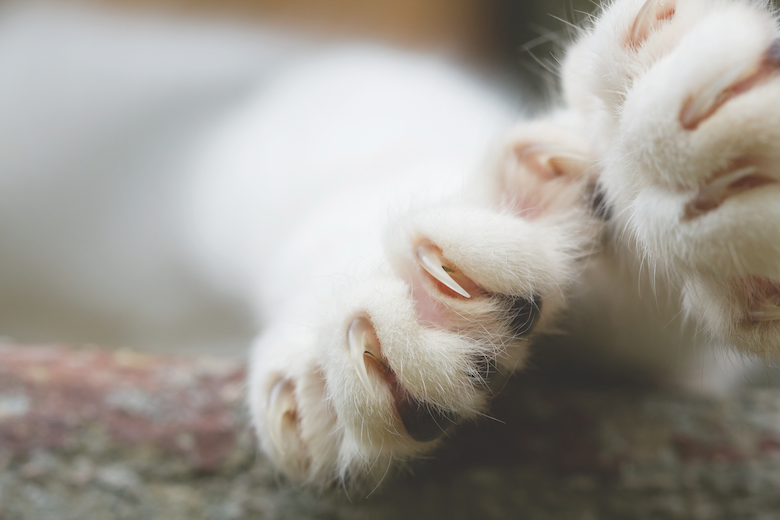There’s no gentle way to put it, as it’s the truth: Declaw IS an amputation. No matter what type of technique is used (scalpel, clipper or laser) the end result is identical. It’s what world-renowned expert on declawing and the Paw Project Director of Pain Management, Dr. Robin Downing, calls a feline toe amputation. And she says it’s always elective. “No cat ever needs all toes amputated.”

History of declawing
As more cats were being kept indoors (in conjunction with the invention of kitty litter), the idea of declaw surgery (onychectomy) was first presented in a letter to the editor in the Journal of the American Veterinary Medical Association in 1952 by a Chicago veterinarian. It was just an idea, there was no study regarding short-term or long-term effects. Still, it caught on.
When studies were finally done regarding the effects of declawing in the 1970s through the early 90s, the overall consensus was that cats were not in long-term pain. Also, declawing seemed to offer a viable option for cat parents, so they wouldn’t give up their cats because the sofa was being ripped apart.
“It turns out those studies were mostly all wrong,” says Dr. Margie Scherk, the editor of the Journal of Feline Medicine and Surgery and director of the Paw Project British Columbia. It turns out that declawed cats may more likely be relinquished for aggression often caused by pain and/or having accidents outside the litter box.
Regarding concerns that immune-suppressed individuals, seniors with thin skin and others with special needs require cats to be declawed, Dr. Scherk points out that the Centers for Disease Control (CDC) disagrees, noting that declawed cats tend to bite more often, which is more problematic than being scratched.
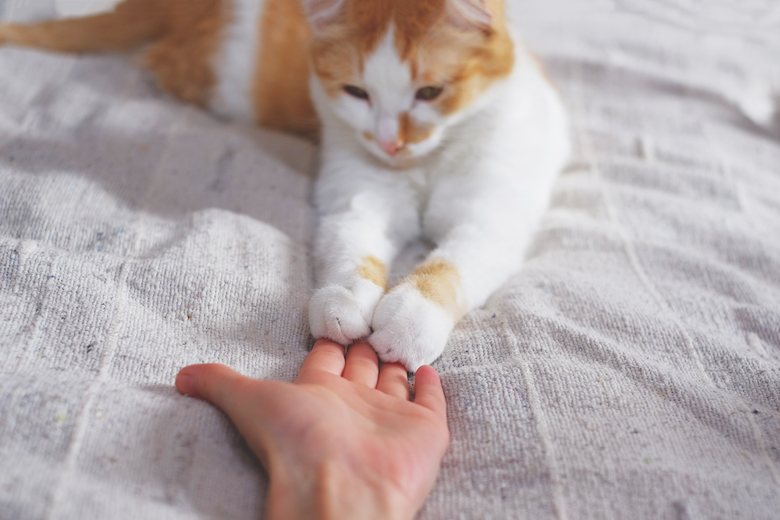
The case against declawing
Dr. Downing, Paw Project advisor and Director of Pain Management says, “Around the year 2000, studies began to tell a very different story. We had better tools, for example, to assess pain. Study after study now demonstrates all kinds of long-term effects of declaw. Once you know something, you can’t not know it anymore. Gradually people are paying attention.” (Note: the Paw Project is a nonprofit that supports education and advocacy regarding declaw.)
Dr. Downing rattles off just some of the medical issues we now understand to be directly associated with declawing.
“Post-amputation pain,” she says. “I’ve dived deeply into human literature. As many as two-thirds of patients following an amputation acknowledge they’ve dealt with neuropathic pain described as post-amputation pain or phantom pain. It’s real. Also, we change the biomechanics of the front feet, 60% of body weight is supposed to go here — we set the rest of the gait up for being altered. I’m board-certified by the American College of Sports Medicine and Rehab. I got hooked on the idea of seeing how the animals move. Altering this movement causes problems later in life.”
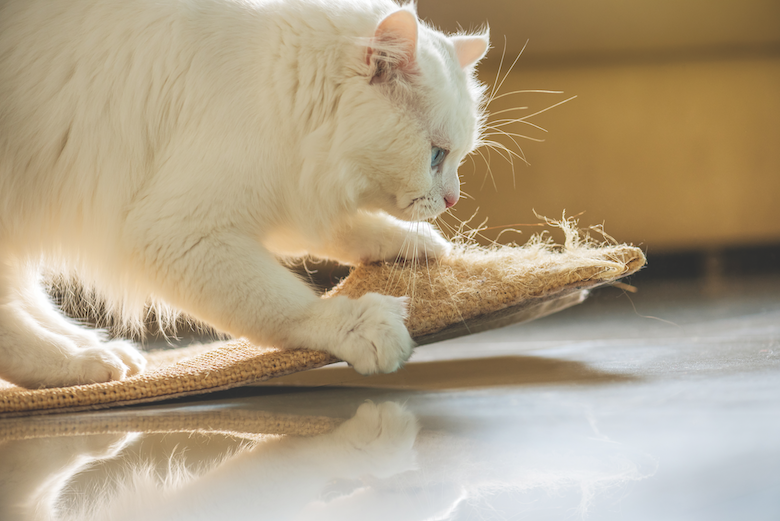
Joining the banned wagon
Increasingly, communities across the country have banned declawing, and there’s a long list of others in the queue. Big cities like San Francisco and Los Angeles are among the many areas in California to outlaw declawing. In 2017, Denver, Colorado, said “No more” to the practice of cat declawing, and last December, St. Louis, Missouri, was added to the list.
Just over a year ago, New York State became the first state to ban the practice. New York Assembly Member Linda Rosenthal, whose anti-declaw bill passed in New York, says, “I had to do something. I was amazed at the pushback by organized veterinary medicine (the New York State Veterinary Association). But clearly declaw isn’t beneficial to cats — it’s a barbaric act that had to stop.”
In January 2020, an anti-declaw law passed the first hurdle of committee in Florida and, in Arizona, an anti-declaw bill was introduced by Arizona State Representative Amish Shah, MD. Massachusetts, Michigan, and New Jersey are among the states that may move forward supporting bans. Arguably, if it wasn’t for the significant distraction of the pandemic, by now other states may have followed New York and banned it.
Of course, for years, declawing has been banned in a number of nations including Australia, Belgium, Brazil, England, Germany, Italy, Portugal and Spain, and several Canadian provinces.
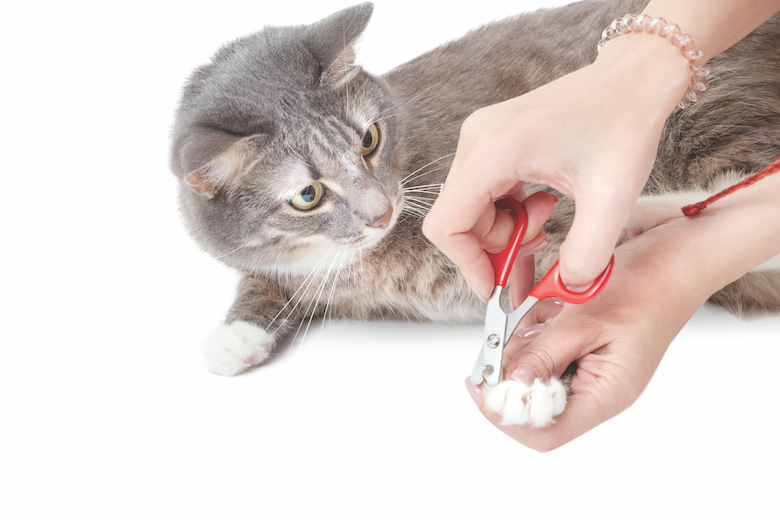
Where organizations stand
Today, the American Association of Feline Practitioners (AAFP) and American Veterinary Medical Association (AVMA) have fairly strong statements in general opposition to declawing, instead supporting education and behavior modification first.
Very strong anti-declaw statements recently came out from the 90-clinic BluePearl veterinary hospitals, 800 or so VCA Animal Hospitals and over 1,000 Banfield Pet Hospitals. “We dug into this issue for three years, and based our decision solely on science and the well-being of cats,” says Dr. Molly McAllister, chief medical officer at Banfield. She says that Banfield’s approximately 6,500 veterinarians were both supportive and relieved by the position. “I think people do want the best for their cats and may be unaware,” she adds.
Overwhelmingly, veterinary technicians and students are opposed to declaw and aren’t even taught how to
do it. If this trend continues, at some point no one will know how to declaw.
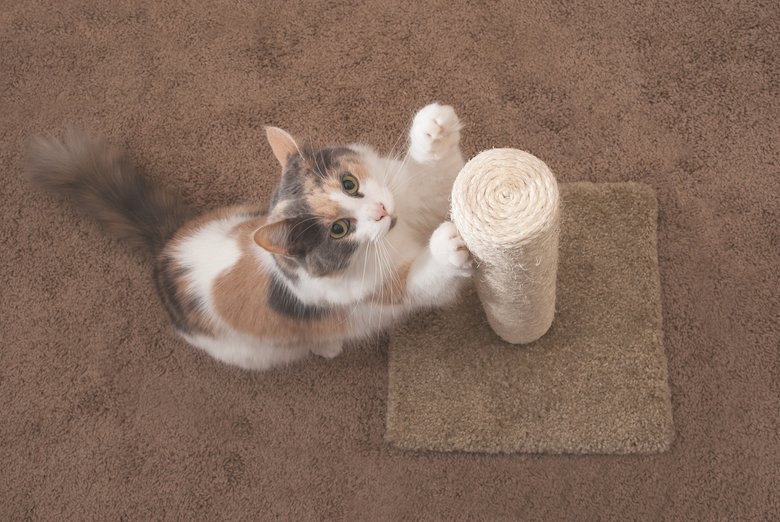
Declawing Alternatives
The good news is that there are a number of affordable, humane ways to protect yourself, your family, friends and valuable furniture from being scratched.
Cat nails can be temporarily capped with products like Soft Paws, which are a soft, nontoxic cap that goes on the nails. You can regularly trim your cat’s nails as part of his regular weekly grooming routine so the nails are a little less sharp. Also, give your cat plenty of scratch posts and pads to use and redirect your cat’s scratching to them. Use lots of praise, treats and some rubbed-on catnip on the post to reinforce appropriate scratching. Cover areas you don’t want your cat to scratch with aluminum foil, sticky tape or the smell of citrus.
A pheromone product by CEVA, called Feliscratch, used to effectively direct cats to scratching posts is expected to be taken off the market this year. However, CEVA’s Feliway Classic can be used instead as an easy fix for cat parents.
“Still we have other tools, including behavior medication, which works,” Dr. Scherk adds. “I believe the tide is shifting regarding declaw within the profession and also the general public; I think the future is changing for cats and in a good way.”
Featured photograph: epantha | Getty Images
Read Next: The Right Cat Scratching Post for Every Stage of Life

